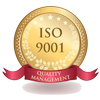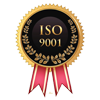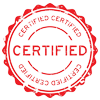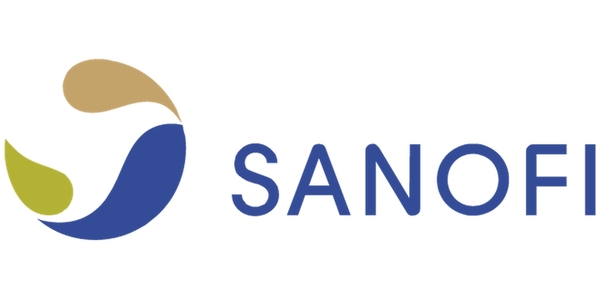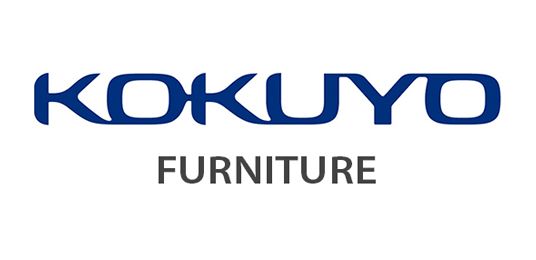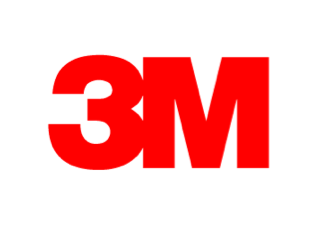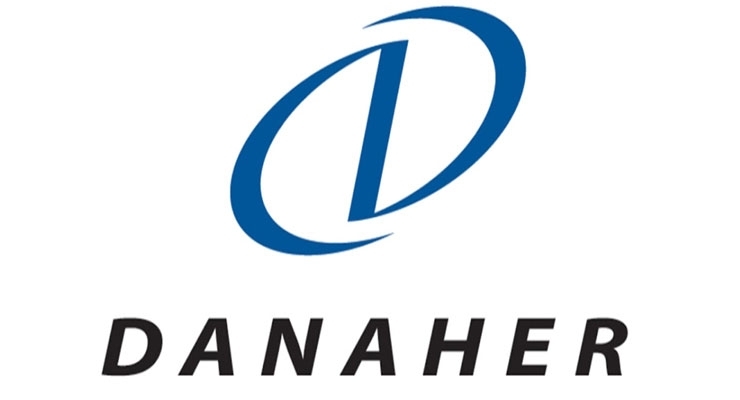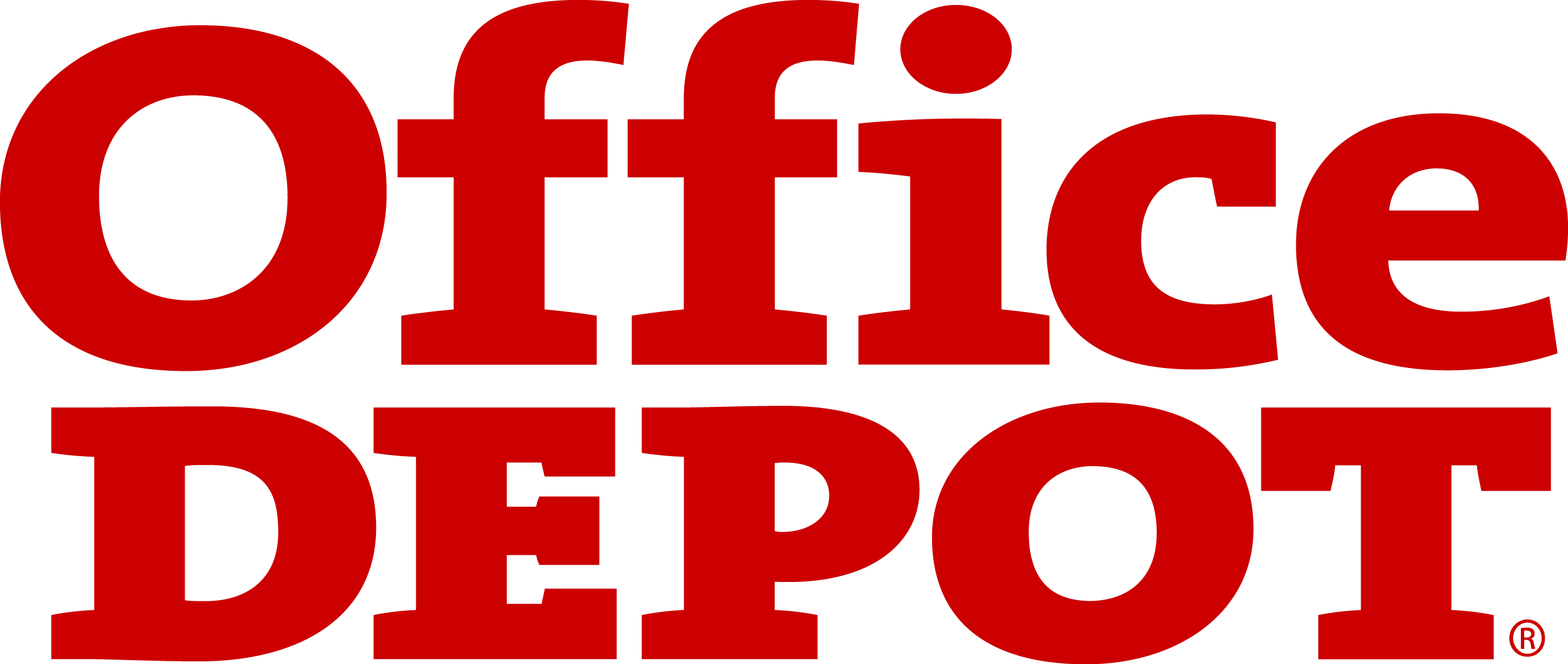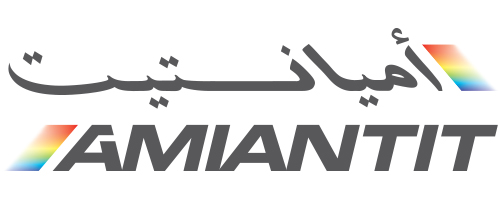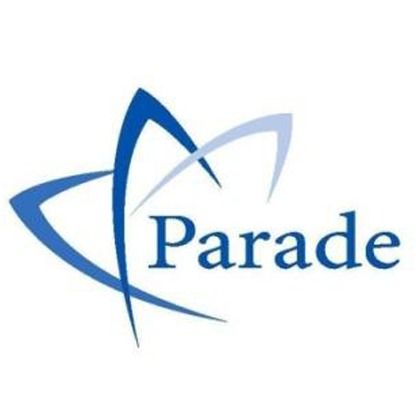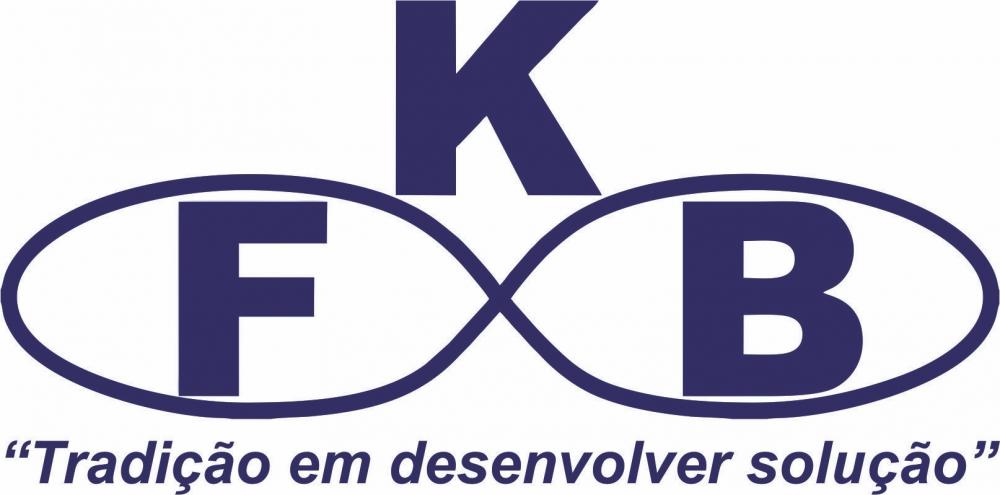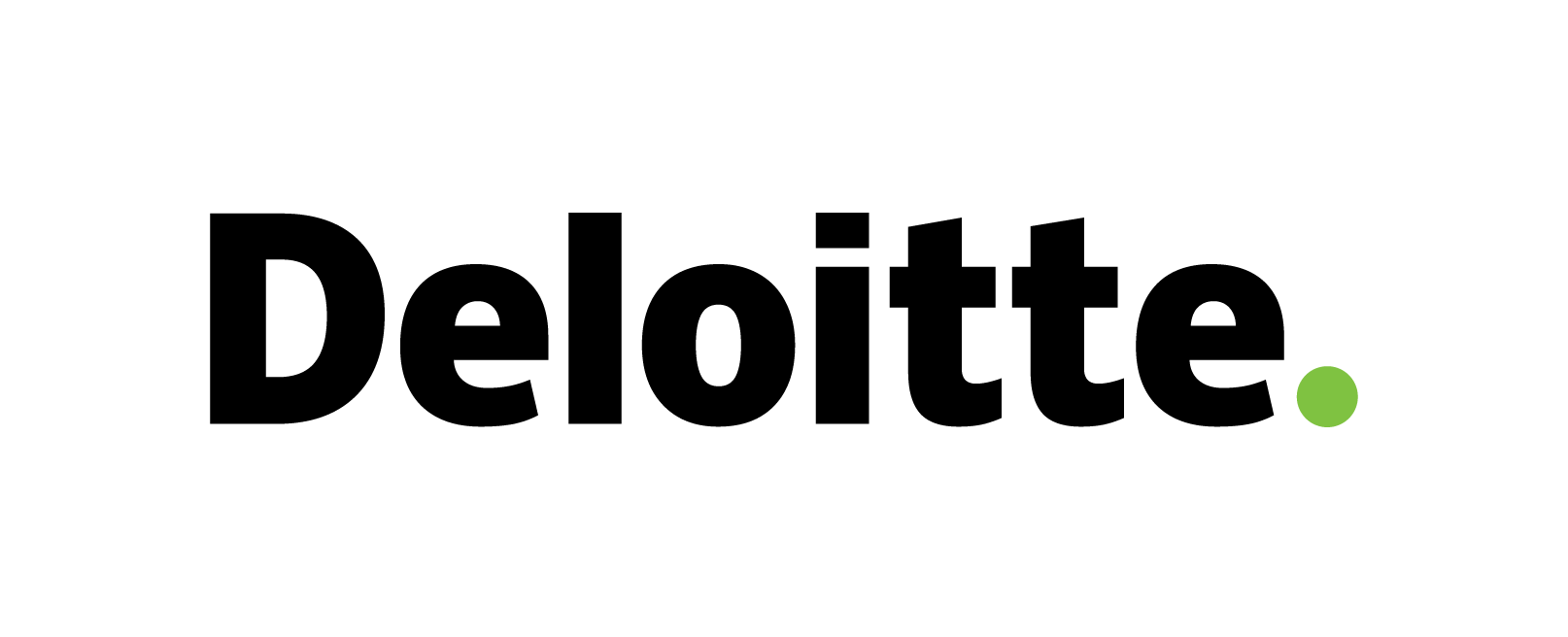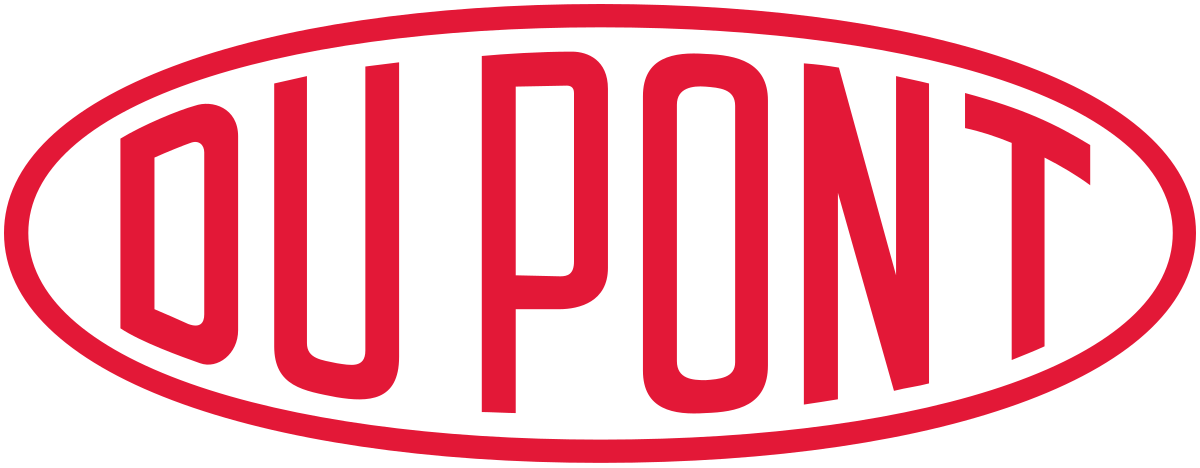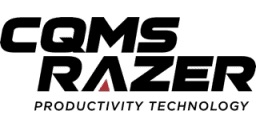Pulmonary Embolism Treatment Market: Growth Potential and Development Forecast ( 2023 – 2032 )
Pulmonary Embolism Market Insights
Pulmonary atherosclerosis is a critical medical condition whilst a blood clot blocks blood waft to the pulmonary arteries, which could cause existence-threatening consequences generally from inner arteries the prevalence of deep vein thrombosis (DVT) within the leg, which ends up in the thoracic cavity. Timely intervention can significantly reduce the mortality associated with this condition. Thus, it is essential to put in force preventive techniques to keep away from DVT in reducing the threat of pulmonary embolism.
Pulmonary Embolism Market: Size and Share
The worldwide market for the diagnosis and treatment of pulmonary embolism is predicted to grow in the coming years due to several elements such as the aging population, growing occurrence of obesity and sedentary lifestyles, and the growing incidence of deep vein thrombosis (DVT), that's a prime hazard component for PE. The market is also being driven by technological advancements in diagnostic techniques and the introduction of new and effective treatments. The global Pulmonary Embolism market was valued at approximately $1.78 billion in 2022 and is projected to succeed in $3.98 billion by 2032, with a compound annual rate of growth (CAGR) of 8.4% during the forecast period (2023-2032). The key players in the pulmonary embolism market include Johnson & Johnson, Boehringer Ingelheim, AstraZeneca, and Pfizer. Eli Lilly and Company, Novartis, Merck & Co., Inc., Bayer AG.
|
Pulmonary Embolism Market: Report Scope |
|
|
Base Year |
2022 |
|
Base Year Market Size |
$1.78billion |
|
Forecast Year |
2023-2032 |
|
Forecast Year Market Size |
$3.98 billion |
|
CAGR Value |
8.4% |
|
Segmentation |
|
|
Challenges |
|
|
Growth Drivers |
|
Pulmonary Embolism Market Key Driving Factors:
There are several factors that are driving the market for the diagnosis and treatment of pulmonary embolism:
- Aging population: The global population is aging, and older people are more prone to growing PE because of elements together with decreased mobility and the usage of medications that increase the risk of blood clots.
- Increasing prevalence of obesity: The worldwide incidence of obesity is growing, and obesity is a prime threat element for PE.
- Sedentary lifestyles: Increasingly sedentary lifestyles, such as those that contain lengthy intervals of sitting or standing, can grow the hazard of growing blood clots and subsequently PE.
- Technological advancements: There had been enormous technological improvements in diagnostic strategies, consisting of CT angiography and V/Q scintigraphy, that have stepped forward the accuracy and velocity of diagnosis.
- Introduction of new treatments: The market is being driven by way of the introduction of recent and effective remedies for PE, which include pharmacomechanical thrombolysis and thrombectomy.
- Increasing awareness of PE: There has been a developing consciousness of the signs and risks of PE, which is leading to a boom in the variety of patients looking for diagnosis and treatment.
Pulmonary Embolism Market Key Trend & Development:
There are several trends currently shaping the market for the diagnosis and treatment of pulmonary embolism:
- Increasing adoption of minimally invasive diagnostic techniques: There has been a shift toward the usage of minimally invasive diagnostic techniques, inclusive of computed tomography (CT) angiography and air flow-perfusion (V/Q) scintigraphy, due to their excessive accuracy and the capacity to offer a rapid prognosis.
- Growing use of advanced treatment options: There has been a boom in the use of advanced remedy alternatives, which include pharmacomechanical thrombolysis and thrombectomy, that have been shown to be effective in the remedy of PE.
- Development of novel therapies: There are several new therapies in development for the treatment of PE, including novel anticoagulants and thrombolytic agents. These therapies have the potential to improve patient outcomes and could drive market growth in the future.
- Rising prevalence of risk factors: The incidence of risk factors for PE, such as DVT and obesity, is increasing, which is driving demand for diagnosis and treatment of the condition.
- Increasing awareness of PE: There has been an increase in cognizance and educational applications geared toward improving the early prognosis and treatment of pulmonary embolism. This consists of efforts to boom public attention to the signs of this condition, in addition to education programs for fitness specialists to enhance their potential to recognize and manipulate the situation.
Pulmonary Embolism Market Segmentation
The market for the diagnosis and treatment of pulmonary embolism can be segmented based on the following factors:
- Diagnostic techniques: Chest X-Ray, ECG, MRI, CT scan, Pulmonary Angiography, Venography, Venous Ultrasound, D-Dimer Test, Others
- Treatment: Medications, Mechanical Devices, Surgery, Others
- End-users: Hospitals, Specialty Clinics, Homecare, Others
- Route of Administration: Oral and Parenteral
- Geography: North America, Europe, Asia-Pacific, Latin America, Middle East & Africa
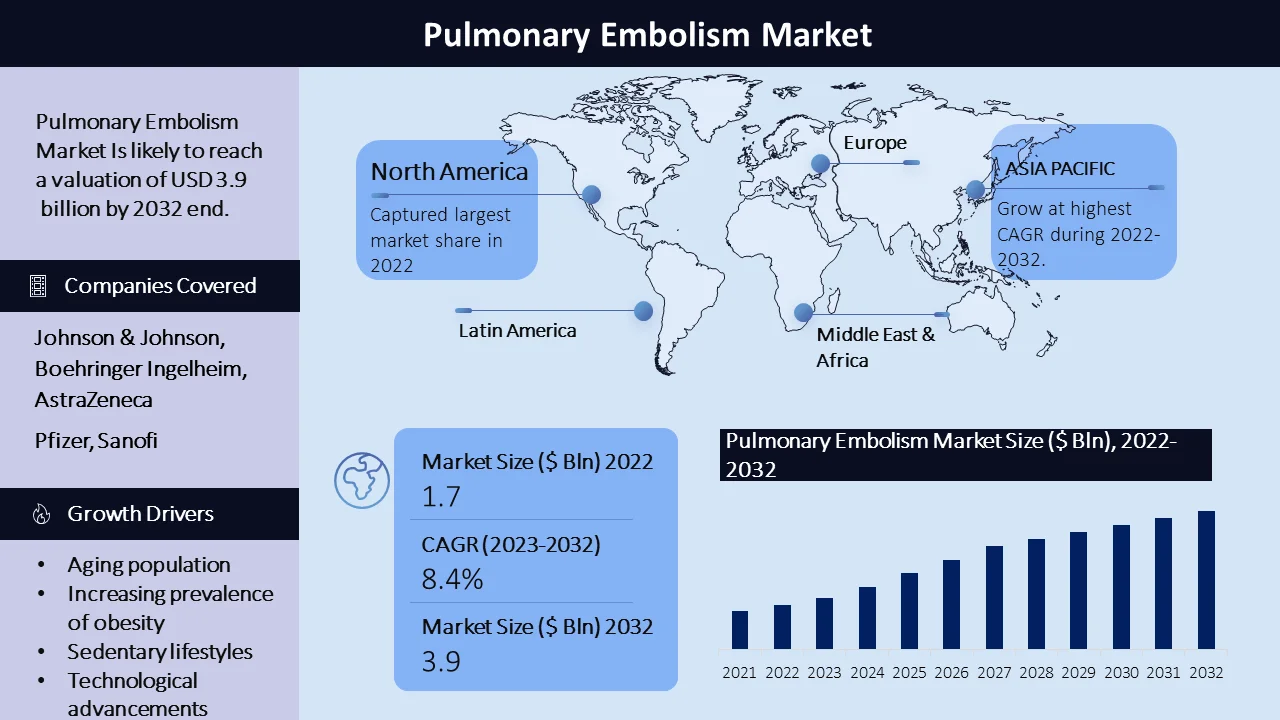
Pulmonary Embolism Market Regional Synopsis
The market for the diagnosis and treatment of pulmonary embolism is expected to develop in all regions of the arena because of factors that include a getting older populace, increasing prevalence of obesity and sedentary lifestyles, and the growing occurrence of deep vein thrombosis (DVT), that's a main risk thing for Pulmonary Embolism.
In terms of specific regions, the marketplace is expected to see a robust increase in North America because of the excessive occurrence of Pulmonary Embolisms in the location and the availability of superior diagnostic and remedy options. By 2032, the market is predicted to be worth $1.25 billion, growing at a CAGR of 8.9% (2023-2032) against an earlier estimation of worth $534 million in 2022.
The market in Europe is likewise expected to develop due to the aging population and the adoption of the latest technologies. By 2032, the market is predicted to be worth $900.3 million, growing at a CAGR of 8.2% (2023-2032) against an earlier estimation of worth $409.4 million in 2022.
The market in Asia is predicted to grow at a quicker rate because of the growing incidence of chance elements inclusive of weight problems and DVT, as well as the developing cognizance of PE and the availability of new remedies. By 2032, the market is predicted to be worth $1.13 billion, growing at a CAGR of 9.8% (2023-2032) against an earlier estimation of worth $445 million in 2022.
The market in Latin America and the Middle East and Africa is expected to look a slight increase because of confined access to diagnostic and treatment facilities in some regions and decrease consciousness of Pulmonary Embolism. By 2032, the market is predicted to be worth $749.0 million, growing at a CAGR of 6.7% (2023-2032) against an earlier estimation of worth $391.6 million in 2022.
Pulmonary Embolism Market Challenges
Despite the growth prospects of the pulmonary embolism market, several challenges could impact the development and commercialization of pulmonary embolism:
- Limited availability of diagnostic facilities: In some regions, access to diagnostic facilities may be limited, which can hinder the diagnosis and treatment of PE.
- High cost of diagnostic tests: Some diagnostic tests, such as CT angiography, can be expensive and may not be readily available or covered by insurance in all regions.
- Lack of awareness: In some areas, there may be a lack of awareness of the symptoms and risks of PE, which can delay diagnosis and treatment.
- Limited treatment options: In some cases, there may be limited treatment options available, particularly in resource-poor settings.
- Risk of complications: Some treatments for PE, such as thrombolytic therapy, carry a risk of complications, including bleeding. This can be a barrier to treatment in some cases.
- Resistance to treatment: In some cases, patients may be resistant to treatment or may not adhere to treatment regimens, which can hinder the effectiveness of treatment.
Pulmonary Embolism Market Key Players
There are several key players in the market for the diagnosis and treatment of pulmonary embolism:
- Johnson & Johnson: Johnson & Johnson is a multinational pharmaceutical agency that offers quite a number of diagnostic and treatment alternatives for PE, including anticoagulant therapy.
- Boehringer Ingelheim: Boehringer Ingelheim is a German pharmaceutical employer that offers a variety of remedies for PE, including thrombolytic remedies and anticoagulants.
- AstraZeneca: AstraZeneca is a multinational pharmaceutical organization that offers quite a number of treatments for PE, along with anticoagulants and thrombolytic therapy.
- Pfizer: Pfizer is a multinational pharmaceutical organization that offers more than a few diagnostic and treatment options for PE, which includes anticoagulants.
- Sanofi: Sanofi is a multinational pharmaceutical company that gives a range of remedies for PE, including anticoagulants and thrombolytic remedies.
- Bristol-Myers Squibb: Bristol-Myers Squibb is a global biopharmaceutical organization that offers a number of diagnostic and remedy options for PE, inclusive of anticoagulants and thrombolytic therapy.
- Bayer AG: Bayer AG is a German multinational pharmaceutical organization that gives a number of diagnostic and treatment alternatives for PE, together with anticoagulants and thrombolytic therapy.
- Eli Lilly and Company: Eli Lilly and Company is a global pharmaceutical organization that gives more than a few treatments for PE, which include anticoagulants.
- Novartis: Novartis is a Swiss multinational pharmaceutical organization that offers a number of diagnostic tests and remedies for pulmonary embolisms.
- Merck & Co., Inc.: Merck & Co., Inc. Is an international healthcare company that offers a range of treatments for pulmonary embolism. Their services encompass anticoagulants and different medications used to prevent and treat blood clots.

Need Customized Report for Your Business ?
Utilize the Power of Customized Research Aligned with Your Business Goals
Request for Customized Report- Quick Contact -
- ISO Certified Logo -
